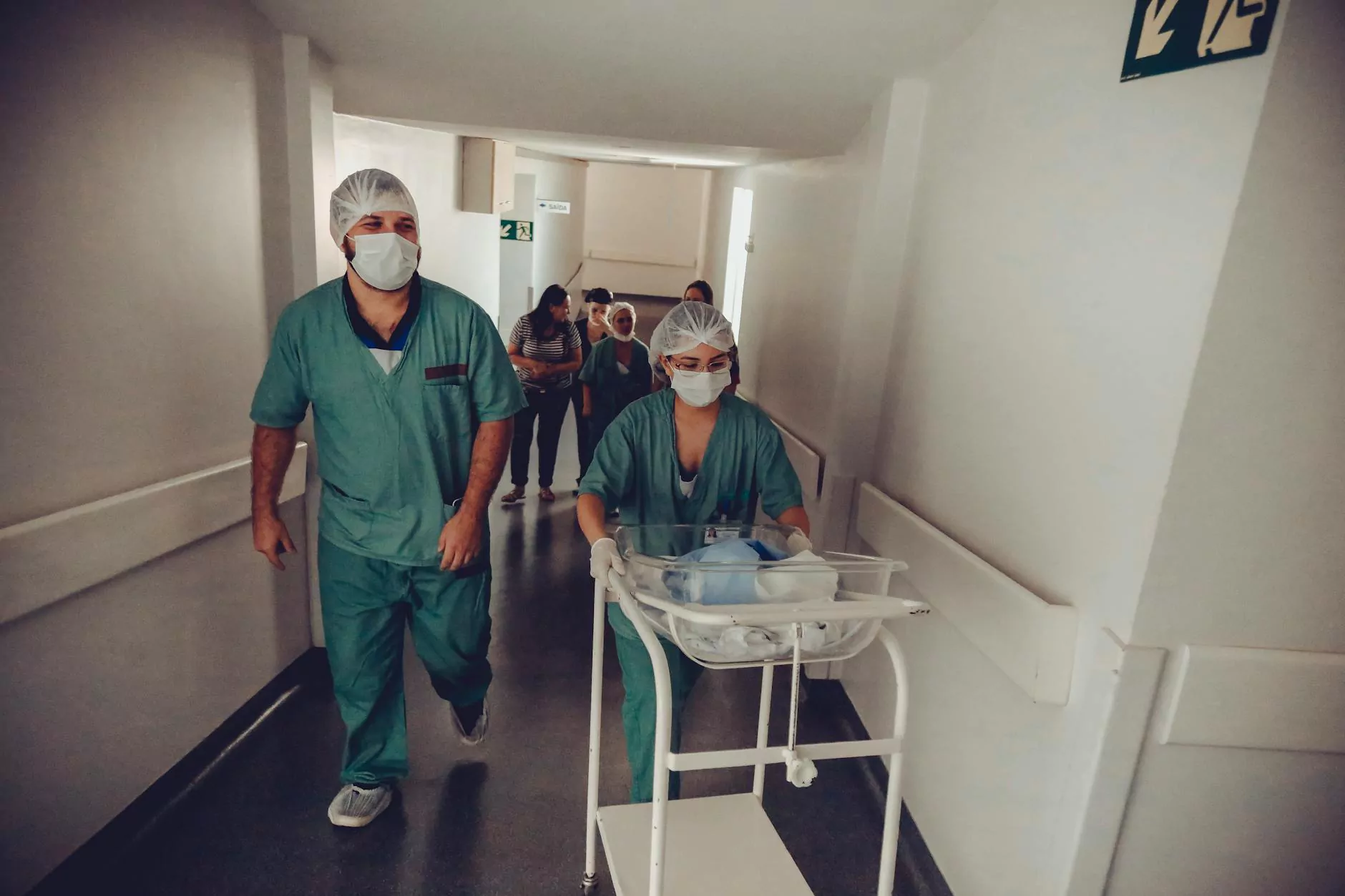Diabetic Seizure: What Happens and What to Do
Services
Introduction
Diabetic seizures are a serious complication of diabetes that require prompt attention and proper management. In this comprehensive guide, Dr. Benjamin Shettell provides expert insights and guidance on understanding diabetic seizures and what to do when they occur.
Understanding Diabetic Seizures
Diabetic seizures, also known as diabetic convulsions, can occur when an individual's blood sugar levels drop too low or rise too high. These seizures are a result of the brain being deprived of sufficient glucose or being exposed to excessive amounts of it.
During a diabetic seizure, the individual may experience convulsions, loss of consciousness, muscle stiffness, twitching, or jerking movements. It is crucial to note that in some cases, diabetic seizures may be mistaken for other types of seizures, such as epilepsy.
Causes and Triggers
Several factors can contribute to the occurrence of a diabetic seizure. Common causes and triggers include:
- Inadequate diabetes management
- Missed or delayed meals
- Insufficient insulin or oral medication doses
- Intense physical activity without proper glucose monitoring
- Alcohol consumption
- Drug interactions or side effects
Signs and Symptoms
The signs and symptoms of a diabetic seizure can vary, but may include:
- Convulsions or shaking movements
- Loss of consciousness
- Confusion or disorientation
- Difficulty speaking
- Irritability or mood changes
- Rapid heartbeat or palpitations
- Excessive sweating
Treatment and First Aid
When a diabetic seizure occurs, it is vital to take immediate action. Here are the recommended steps:
- Stay calm and assess the situation.
- If the person is conscious and able to swallow, provide them with a source of fast-acting carbohydrate, such as fruit juice, a glucose gel, or candy. Avoid offering anything containing caffeine.
- If the person is unconscious, turn them onto their side to prevent choking and clear their airway if necessary. Do not attempt to force anything into their mouth.
- Call for emergency medical assistance.
- Monitor the person's vital signs until medical help arrives.
Preventing Diabetic Seizures
As with any health condition, prevention is key. To reduce the risk of diabetic seizures, it is essential to:
- Maintain regular blood sugar monitoring and keep levels within the recommended range.
- Follow a balanced and consistent meal plan.
- Take prescribed diabetes medications or insulin as instructed.
- Stay properly hydrated and avoid excessive alcohol consumption.
- Communicate openly with your healthcare provider about any concerns or changes in your condition.
Conclusion
Diabetic seizures can be frightening, but with proper understanding and prompt action, they can be managed effectively. Dr. Benjamin Shettell, an experienced healthcare professional in the field of diabetes, provides expert guidance and valuable insights on how to recognize, respond to, and prevent diabetic seizures.




